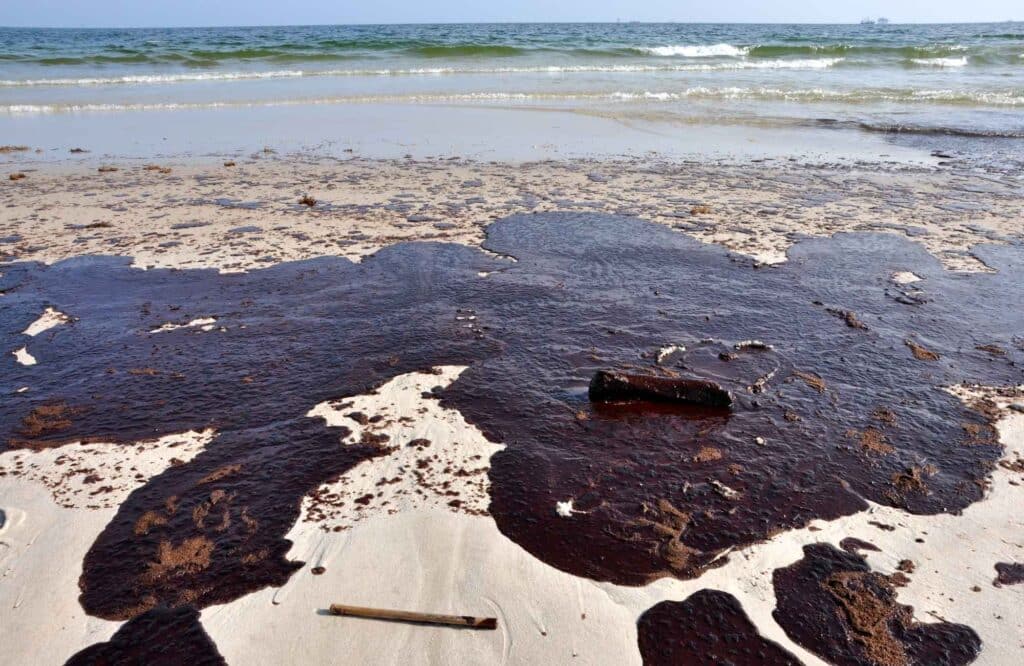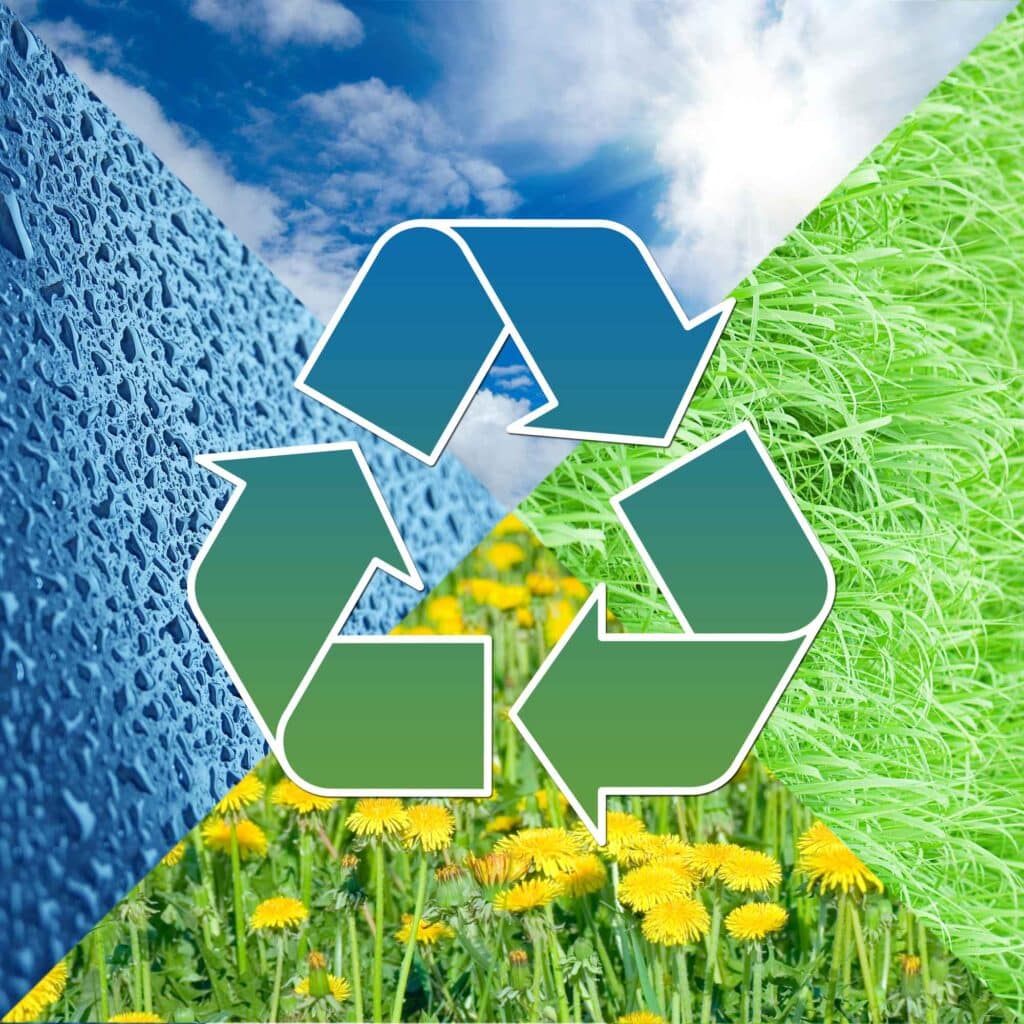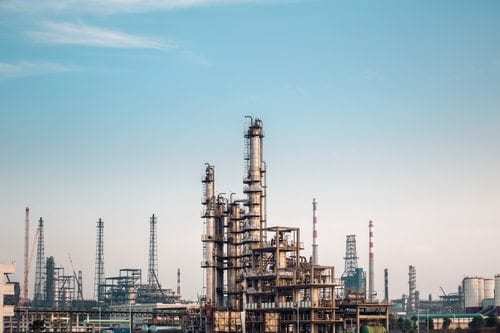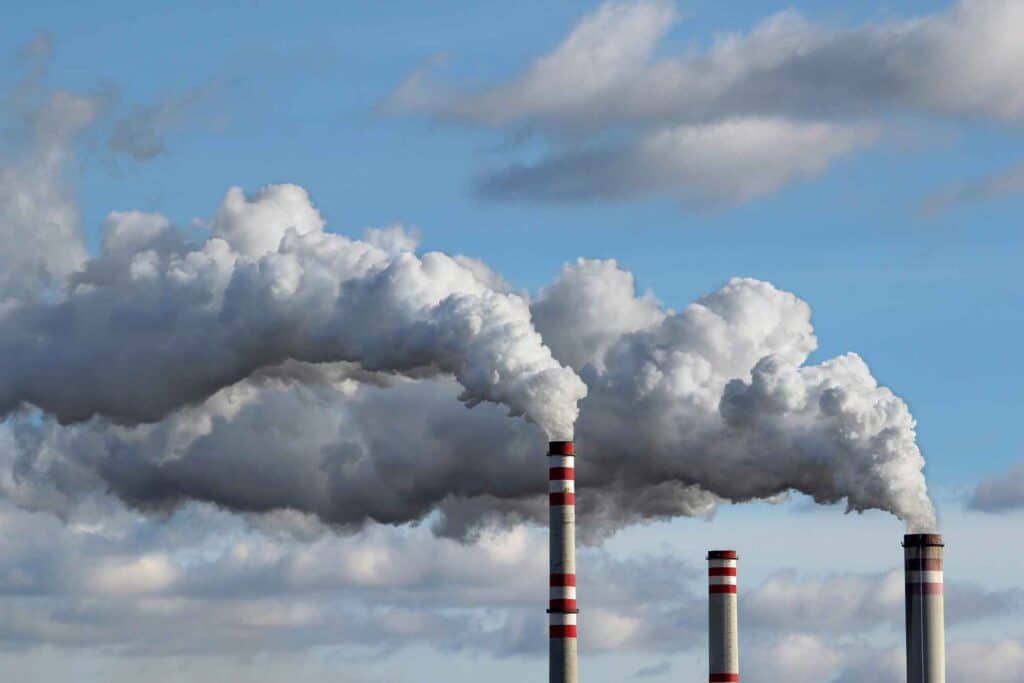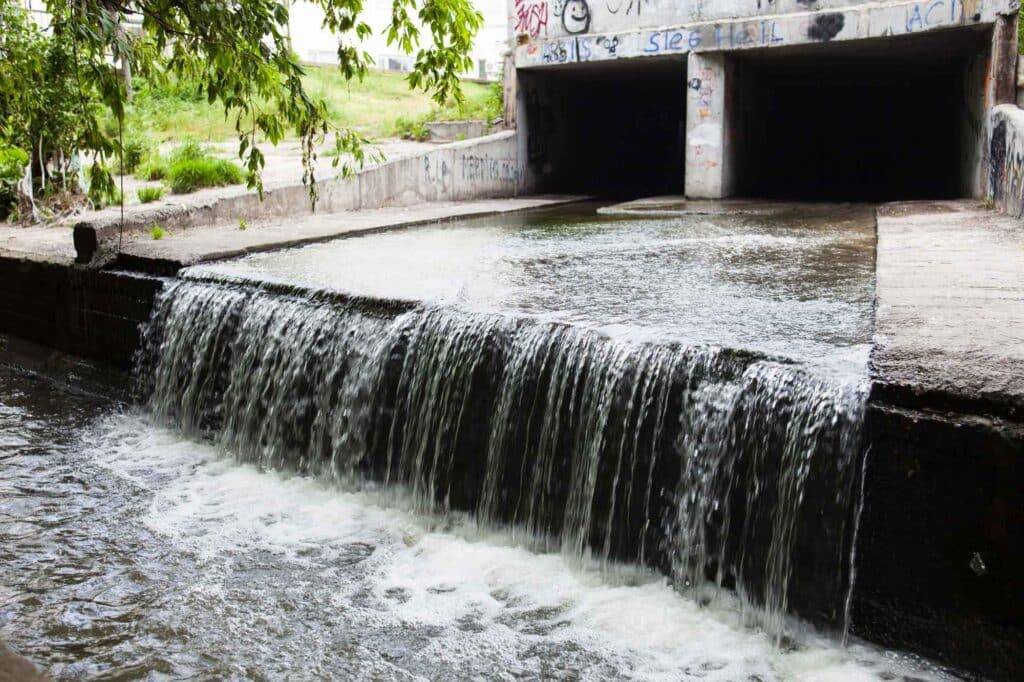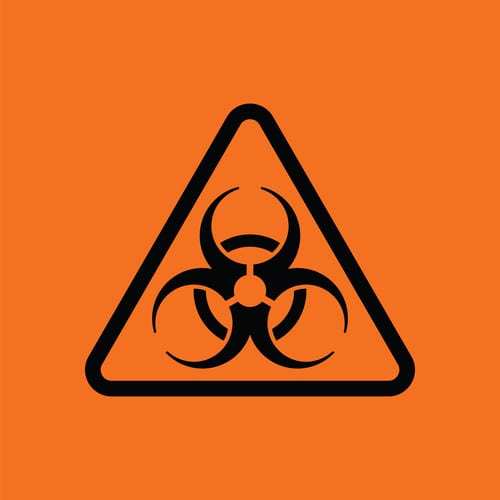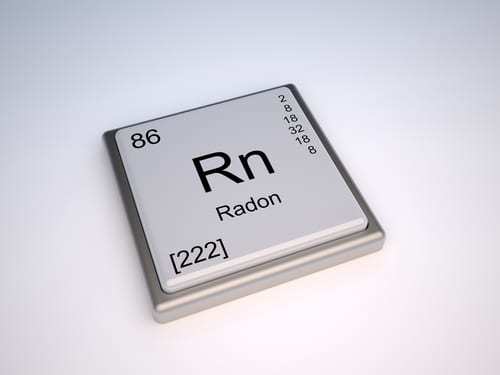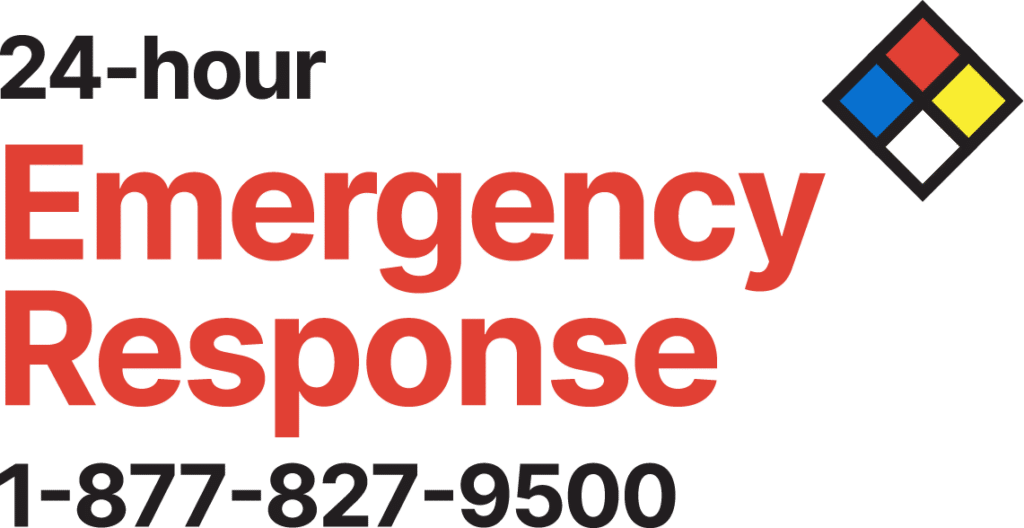Your SPCC Plan details what your facility will do in the event of an oil spill. Within it, you must demonstrate that you’re prepared for such an incident by describing your facility’s oil handling operations, spill prevention practices, discharge/drainage controls, and all of the personnel and equipment used to prevent oil spills. You must also …
What Is an SPCC Plan?
About 95% of all underground and above ground storage tanks store petroleum products like oil or gasoline. Tanks may hold industrial chemicals, pesticides, or even food products though. To ensure a quick response to spills from tanks, the EPA emphasizes the importance of preparation and uses several rules and regulations to enforce this. The Spill …
Source Reduction Strategies
Source reduction, also known as waste prevention, is the practice of reducing the amount of materials that enter the “waste stream,” or the life cycle of the garbage produced by humans, by targeting them at their source. Not only does this save natural resources, conserve energy, reduce pollution, and lower the toxicity of human waste, …
EPCRA Reporting Requirements
Did you know that the deadline for annual EPCRA reporting is right around the corner? By March 1st, you must submit your report for the previous calendar year. Use our list of FAQs below to better understand EPCRA reporting requirements. EPCRA Reporting Requirements Is my facility covered? If your facility must maintain material safety data …
Analyzing Air Pollution Emissions
The term emissions describes the gases and particles produced or emitted into the air by various sources. The amount and types of emissions in the United States change frequently due to many factors, including the economy, traffic, and technological advancements. To protect both human health and the environment, the EPA aims to reduce the emissions of …
What is a SWPP, and Why Do You Need One?
What is a SWPPP? SWPPP is an acronym for Stormwater Pollution Prevention Plan. When stormwater drains away from a surface, it accumulates debris, sediments, chemicals, and more as it flows over land and impervious surfaces. SWPPPs are a requirement of the 1972 amendments to the Federal Water Pollution Control Act (the Clean Water Act) through the …
The RCRA Generator Improvements Rule
A much-needed update, the RCRA Generator Improvements Rule clarifies current regulations, facilitates improved compliance, offers hazardous waste management flexibility, and enhances the safety of employees and the general public. Published in November 2016 and effective May 30, 2017, this rule should improve your understanding of the RCRA’s regulations. In addition, it directly addresses many issues …
Are You Required to Submit TRI Reports?
Summer is right around the corner, and you know what that means: It’s time to prepare your Toxics Release Inventory (TRI) report. The EPA requires industrial facilities in certain sectors to submit an annual report to TRI, a public database that tracks the management of certain toxic chemicals. They must detail the amount of TRI-covered chemicals they …
Why Test for Radon?
Radon is a naturally occurring, radioactive gas, occupying number 86 on the Periodic Table of Elements. Although you can’t see, smell, or taste it, radon may already present a problem in your home. According to the Surgeon General, radon ranks as the second leading cause of lung cancer in the United States today. Though not always required, …
Why Perform an Asbestos Inspection?
Asbestos is a naturally occurring mineral that has been used since the early 1900s for its heat, chemical resistance, and insulating properties. In years past, manufacturers wove asbestos into fabric; used it in attic insulation, floor tile, surface coatings, and pipe wrapping; and mixed it with cement. Unfortunately, exposure to asbestos can lead to serious health problems, including …



